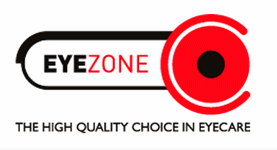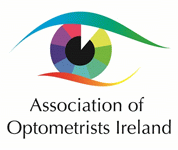Glaucoma is the name for a group of diseases which affects the eye’s ability to maintain its normal pressure. Intraocular pressure (IOP). Just as our blood has a normal pressure, so too has the fluid inside our eye.
As that pressure inside the eye increases, it pushes on delicate nerves at the retina (the back of the eye) and damages them. Glaucoma attacks the peripheral vision, eventually leading to irreversible blindness. So, instead of losing our central vision, our vision starts to go from the side and the visual field gradually narrows.
There are no symptoms. It is usually painless. Because vision is lost from the peripheral visual field, by the time you notice something is wrong, it can often be too late. Over 40% of the optic nerve is damaged by the time any problems with the vision are noticed. Sometimes, people with Glaucoma notice that their vision becomes less clear. Never wait if you are experiencing any sort of blurred vision. Glaucoma can accelerate very quickly and the vision that has been lost cannot be reversed. This is why glaucoma is the known as the thief of sight.
Age: 1 in 200 people up to the age of 50 will develop Glaucoma. However, studies show that that figure rises to 1 in 10 between the ages of 50 and 80. As you get older, your risk of developing glaucoma increases significantly.
Race: People of African origin are 5 times more likely to develop Glaucoma and 10 times more likely to lose vision more quickly because if the disease.
Family History: If someone in your family has or has had Glaucoma, you are more likely to develop it.
Health: people with health problems such as Diabetes or High Blood Pressure are more likely to develop Glaucoma.
Other risks: Long term steroid use and any surgery or injury to the eye also increases the risk.
If you are in any of the above groups, you should have your regular comprehensive eye examinations with your local optometrist/optician.
How many people in Ireland have Glaucoma?
It is thought about 3% of the population has been diagnosed and treated for Glaucoma, however studies show this figure could be as high as 10%. It is also worth noting that 30% of people who have normal pressures on testing IOP’s have glaucoma so checking pressure is not on its own a failsafe way of detection. The pressures should be looked at in conjunction with the disc appearance and fields.
How is it diagnosed?
All optometrists check for Glaucoma. The full eye examination should take no less than 20 minutes rod carry out.
How can I prevent myself getting Glaucoma?
You can’t stop yourself from getting glaucoma. However early detection and treatment will prevent permanent damage occurring to the nerves at the back of your eye.


